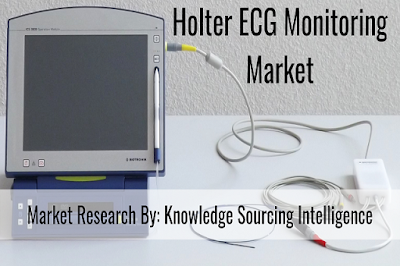Introduction
SaMD is software intended to be used for one or more medical purposes
without being part of a hardware medical device. For instance, the software
used to show images from an MRI on phone is SaMD but the software which enables
MRI will not be considered as a SaMD. They have several applications in the
medical sector such as diagnosis, disease prevention, treatment, and
modernizing care. SaMD helps in faster discovery, management, and treatment of
a wide range of medical problems.
According to industry research, software
as a service market is segmented by device type, deployment, application, and
geography. By device type, the market is segmented into PCs/laptops,
smartphones/tablets, and wearable devices. By deployment, the market is
segmented into the cloud and on-premise. By application, the market is
segmented into screening and diagnosis, monitoring and alerting, chronic
condition and disease management, and digital therapeutics.
Drivers and restraints of
Software as a Medical Device Market
The Software as a Medical Device market is projected to witness a
staggering growth during the forecast period owing to the rapid product
launches and rising adoption of IoT in healthcare. Furthermore, ease in
regulations for the certification of the SaMD will further boost the software
as a medical device market growth. However, concerns regarding the privacy
of the health data of the user might restrain the market during the given
forecast period. Additionally, rising investments by the companies for SaMD
will provide ample opportunities for the market players to flourish and further
increase the software as a medical device market size.
Market Segmentation
Geographically, North America is estimated to hold a significant share of
global software as a medical device market share. The market share is
projected on account of a number of companies getting FDA clearance on their
software as a medical device. This coupled with the burgeoning investment in
the healthcare industry by major countries like the U.S.A. and Canada is further
propelling the SaMD market growth in the region.
The growing adoption
of smartphones for various applications in the healthcare industry is expected
to drive the smartphone segment of the device type segmentation. By deployment,
cloud-based SaMDs are projected to hold a significant share in the SaMD market
owing to their rising popularity and greater functionality and scope in
comparison to on premise-based devices. By application, the diagnosis system is
expected to have a significant market share in the coming years.
According to competitive
intelligence, the software as a
medical device market is fragmented with hundreds of manufacturers. The
players are expanding globally to mirror their customers’ requirements. As a
result, they are increasingly integrating with other players. The key players
include Arterys Inc., Qlarity Imaging LLC, Imagen Technologies, Apple, Inc., iSchemaView,
inc.(RAPID), MaxQ AI, Ltd., Greenfinch, Fitbit, Inc., Pear Therapeutics, Inc., SAMSUNG
among others.
Key Questions Answered in This Report:




